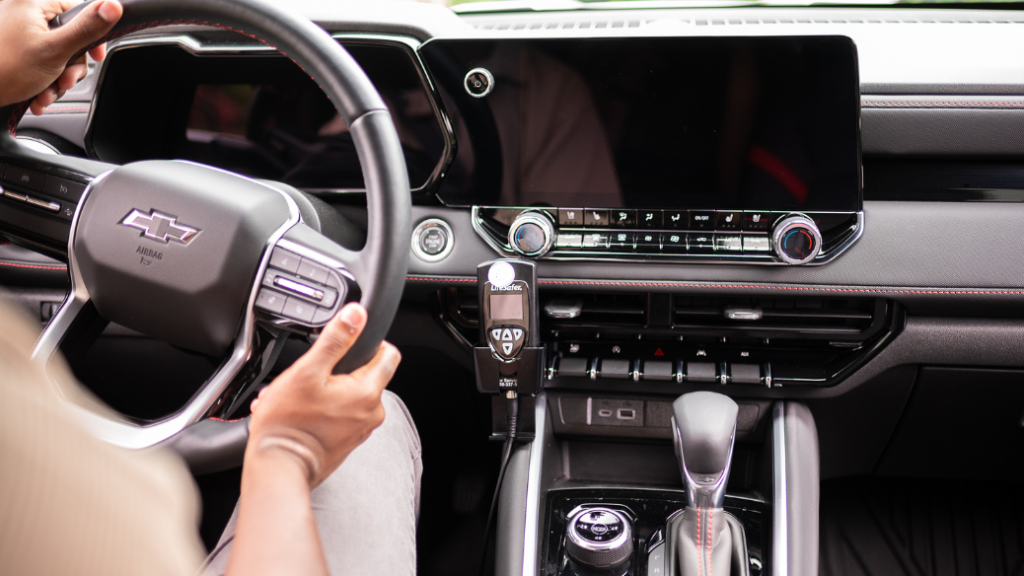
Ignition interlock devices (IIDs) often get a bad reputation due to misconceptions. Let’s clear up the five most common myths we hear:
- Ignition interlock devices are not accurate.
All IIDs must meet strict National Highway Traffic Safety Administration (NHTSA) standards. Devices like LifeSafer Ignition Interlock use advanced alcohol-specific fuel cells and are regularly calibrated to ensure accuracy.
- Ignition interlock devices are too expensive.
At an average of $3 per day, an IID is far more affordable than fines, license suspensions, or jail time for driving under the influence. Completing the IID program is a cost-effective way to regain driving privileges legally.
- The device is hard to use and will drain my car battery.
IIDs are user-friendly, featuring screens with clear instructions to guide you through the process. They require only a simple breath sample to operate and use minimal power. Something like leaving your headlights on would cause more of a drain than an IID. In fact, a study shows that LifeSafer’s battery drain is 4x less than Intoxalock, meaning it has virtually no impact on your battery compared to other providers.
At your installation appointment, the technician will walk you through the process and provide hands-on training to ensure you’re comfortable using the device. LifeSafer Ignition Interlock offers additional resources, including a training guide and instructional videos, to help you learn and feel confident with your device.
- An IID will ruin my car or its resale value.
When installed and removed by a trained professional, the device leaves no lasting impact on your vehicle. Your car’s wiring is restored to its original condition when the IID is removed. LifeSafer Ignition Interlock partners with certified service centers, where trained technicians ensure proper installation and removal of your device.
- Mouthwash, food, or asthma will interfere with the device.
Alcohol in mouthwash and other foods or liquids (such as vanilla extract, yeast, etc.) can trigger a failed test, but rinsing with water before blowing into the device prevents issues. IID settings can also accommodate breathing difficulties like asthma with proper approval.
By understanding the truth behind these myths, you can approach the IID program with confidence, knowing it is designed to be accurate, reliable, and minimally disruptive to your daily life.